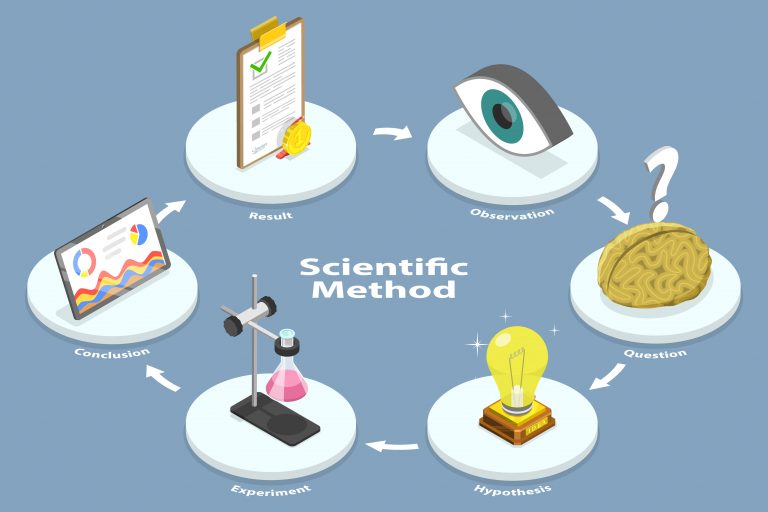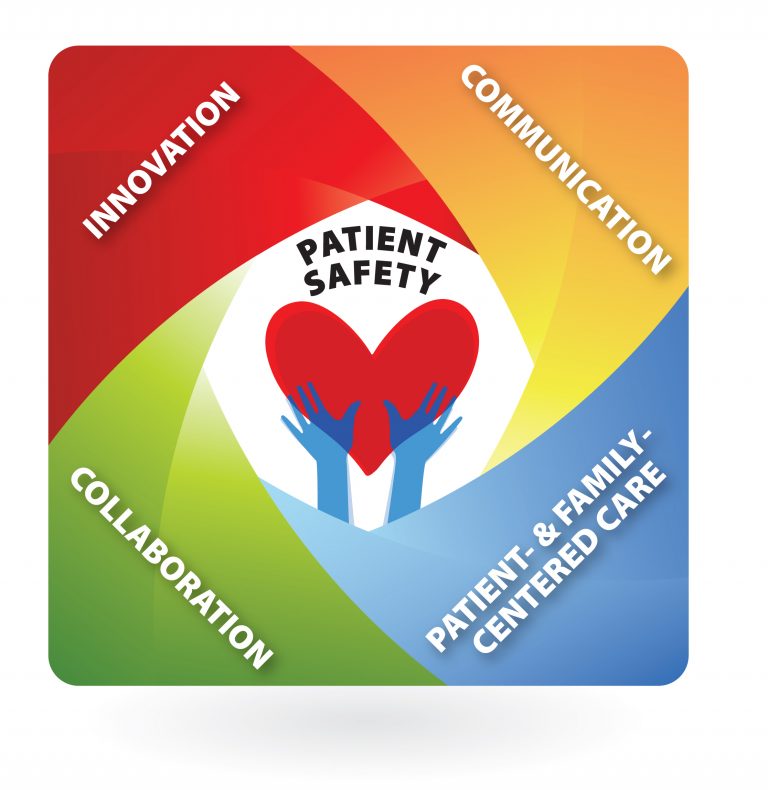One of the most important parts of a well-designed clinical trial is the control group.
Here, we take an in-depth look into what control groups are, what function they serve in clinical trials, and how control groups aid in the investigation of emerging treatments.
What is a control group in a clinical trial?
Before a new drug, procedure, or other therapy is introduced to the general population, researchers must first test the treatment in a clinical setting to determine if it works as intended to treat the condition in question. They also determine whether it’s safe.
An emergent treatment that shows promise but has not yet been approved by the US Food and Drug Administration for use in clinical practice is called an “investigational” or “experimental” treatment. To gain such approval, researchers must first prove that it is safe and effective.
This investigative process is called a “clinical trial.” Research groups recruit volunteers from the population to receive the experimental treatment. These volunteers are called “trial participants.”
In a clinical trial, the “control group” refers to a subset of participants that do not receive the investigational treatment. In the simplest version of a randomized controlled trial (RCT), one group of participants receives the investigational treatment (called the “treatment group”) and the other receives a fake treatment known as a placebo (called the “control group”).

For example, if the treatment under study is a pill designed to prevent migraine headaches, the treatment group will receive the actual drug while the control group will receive a sugar pill.
The main goal of using a control group is to compare the outcomes of the control group with the outcome of the treatment group. Using that comparison, researchers can then better evaluate an investigational treatment’s safety and efficacy as well as ferret out any alternative explanations for the patient’s outcomes.
Why are control groups necessary in clinical trials?
Control groups are necessary to eliminate bias in clinical trials in the service of painting a more authentic picture of the cause-and-effect following administration of a new treatment.
Control groups serve as the “baseline” group – to see what would likely have happened to the treatment group without the investigational treatment.

If, after the trial is completed, the treatment group shows superior results to the control group in terms of treating the targeted condition, then that is a good indication that the investigational treatment has been effective.
If, on the other hand, there is no significant difference between outcomes for the control and treatment groups at the conclusion of the trial, then the takeaway is likely that the investigational treatment isn’t effective.
The major exception to the rule is an instance in which there was some flaw in the experimental design itself. That’s where “positive control groups” come into play, which we’ll discuss more in-depth later on.
How do control groups eliminate bias in clinical trials?
Control groups serve as a check on bias in clinical trials, which can potentially lead to incorrect results regarding the investigational treatment’s safety or efficacy.
The American Journal of Epidemiology defines bias in clinical trials as:
“Systematic errors that encourage one outcome over others. The potential effect of bias is that investigators will come to the wrong conclusions about the beneficial and harmful effects of interventions.”
Using a control group is the primary method by which researchers compensate for any potential bias.
Single-blind vs double-blind clinical trials
“Blinding” in the context of clinical trials means that the people involved do not know which participants receive the investigational treatment and which receive the placebo.
The purpose of blinding is to further eliminate bias.
There are two types of blinding in clinical trials:
- In a single blinding model, the trial volunteers don’t know whether they receive the placebo or treatment but the researchers do
- In a double-blinding model, neither trial volunteers nor researchers know who receives the placebo or treatment
To learn more about how researchers eliminate bias in clinical trials, please see our detailed blog post on the topic.
Positive control groups vs negative control groups
There are two types of control groups: positive and negative.
- Negative control groups often receive a placebo, or no treatment at all. Researchers expect that negative control groups will produce none of the intended results.
For instance, in the above example of the pill to prevent migraines, the placebo (sugar pill) would have no therapeutic effect on the occurrence of migraines in the control group.
The goal of using a negative control group is to rule out any possibility of the placebo effect and to show what the outcome would be in the absence of the treatment. - A positive control group doesn’t receive the treatment under study, but does receive another treatment expected to produce positive effects for the condition being studied. Researchers can then compare the successes of the treatment group and the positive control group to determine how well the treatment performs against other known or suspected treatments.
If the positive control group fails to produce the expected results, that might also show any flaws with the experiment design itself.
Per the migraine example, researchers might administer a different well-known migraine treatment to see what beneficial impacts are seen and how those impacts compare to the migraine pill currently being examined.
Historical vs concurrent control groups
Let’s briefly explore the difference between a historical control group and a concurrent control group, meaning a control group participates in a clinical trial at the same time that a treatment group does.
In addition to incorporating a concurrent control group into a clinical trial design to receive a placebo or alternative treatment alongside the treatment group, researchers may also look back in time to find important information to compare with the treatment group.
For instance, in the recurring example of the clinical trial examining a pill’s effectiveness to prevent migraines, a historical control group might include the control group from a previous study into another migraine treatment.
A historical control group might be used to replace a concurrent control group in an experiment altogether or serve as a supplementary data set to complement a concurrent control group.
Like any type of control group, an historical control group compensates for potential bias. It can also reduce the cost of the trial by enabling the control arm to be compiled from available historical data.
Take part in a clinical trial near you to advance medical research
At Northwest Florida Clinical Research Group, the central work that we do is exploring new treatments for various neurological conditions. To achieve breakthrough discoveries, we need the help of volunteers from within the community to serve as trial volunteers.
We’re currently recruiting for clinical trials to investigate potential new treatments for epilepsy, migraine headaches, and Duchenne muscular dystrophy.
To become a volunteer who contributes to potentially life-saving interventions for these conditions and others, and to potentially benefit from breakthrough treatments for multiple neurological conditions, view our current NWFLCRG studies.
We update the site regularly whenever we recruit volunteers for new studies.
Contact Northwest Florida Clinical Research Group
To learn more about the role that control groups play in clinical research, or to get more information about how to join a clinical trial near you, please don’t hesitate to contact Northwest Florida Clinical Research Group.
We’re always eager to confer with the community members who make our work possible.




